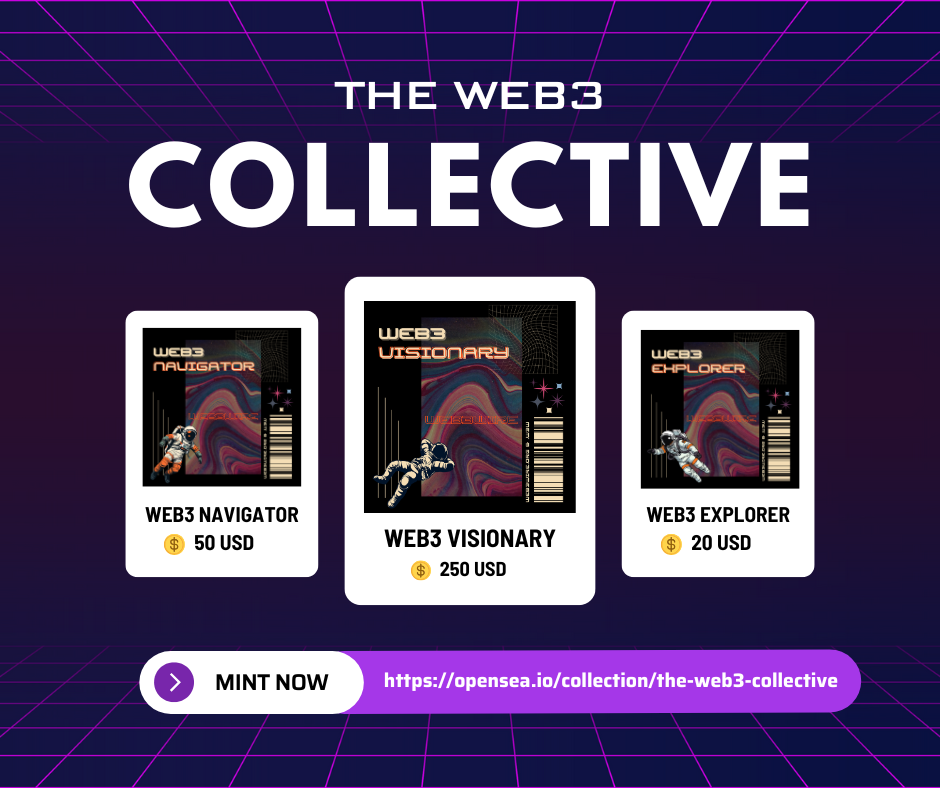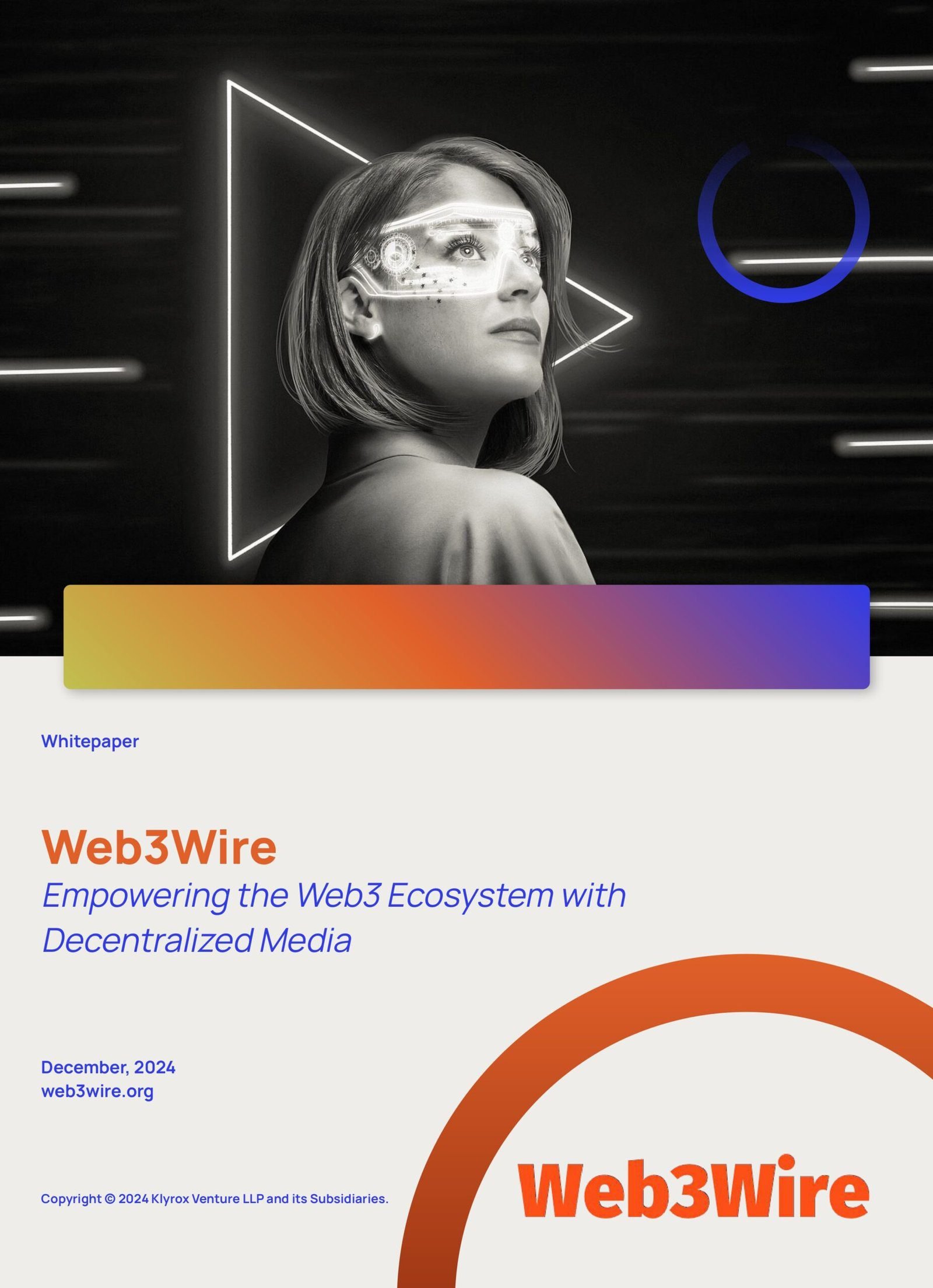
Revolutionizing GameFi: Merging AI, Blockchain, and DeFi Innovations
In recent years, the gaming industry has been at the forefront of technological innovation. Today, it finds itself at an exciting intersection with other groundbreaking technologies like blockchain, artificial intelligence (AI), and decentralized finance (DeFi). This fusion is breeding a nascent industry known as GameFi, which promises to revolutionize how players interact with games, digital assets, and financial ecosystems.
The GameFi Ecosystem: Bridging Technology and Entertainment
GameFi, a portmanteau of ‘gaming’ and ‘finance’, describes a sub-industry where blockchain-based gaming platforms incorporate financial mechanics similar to those seen in decentralized finance. This fusion not only enhances gaming experiences but also creates wealth-generation opportunities for players. At its core, GameFi seeks to integrate NFTs and cryptocurrencies into gaming economies.
The unique attributes of GameFi arise from the integration of three key technologies:
- Blockchain: Secures, decentralizes, and enables ownership of in-game assets.
- Artificial Intelligence: Provides adaptive and personalized gaming experiences.
- Decentralized Finance: Facilitates economic activities within the game universe.
Blockchain: Ensuring Security and Ownership
Blockchain technology has transformed the gaming industry by offering verifiable ownership of digital assets and in-game items. Traditional games generally restrict the transfer or sale of in-game assets, but blockchain enables players to trade freely—be it characters, collectibles, or virtual land—across platforms. This makes the gaming ecosystem more transparent and secure.
NFTs: The Backbone of Blockchain Gaming
Non-fungible tokens (NFTs) have emerged as one of the most popular applications of blockchain in gaming. NFTs introduce true ownership, allowing players to monetize their skills and achievements:
- Items like skins, weapons, and avatars can be tokenized as NFTs.
- Players can trade, sell, or auction these items on various marketplaces.
- Game developers can implement royalties on resales, creating new revenue models.
This paradigm shift fosters a more engaged and loyal player base and opens avenues for innovative game designs and mechanics.
AI: Crafting Intelligent and Personalized Game Dynamics
The integration of AI within GameFi ecosystems transcends merely improving NPC behavior or graphics. AI revolutionizes the experience through personalization and adaptive challenges that cater to individual player skills.
AI in Game Design and Development
By employing AI, developers can:
- Generate new levels or scenarios dynamically, adapting to player progress.
- Optimize in-game economies to balance supply and demand of items.
- Enhance player engagement through personalized game environments.
Machine learning algorithms help in analyzing player behavior, which can be used to craft targeted experiences, understand player preferences, and boost retention rates.
DeFi: Powering Economic Factors and Incentivization
Decentralized finance introduces a layer of economic intricacy to GameFi, allowing players not only to earn in-game but to expand these earnings into real-world benefits. DeFi mechanisms democratize financial activities within games, offering both players and developers unique advantages.
Introducing Play-to-Earn Models
One of the most transformative aspects of GameFi is the play-to-earn model. In this system:
- Players earn cryptocurrencies or NFTs by achieving milestones or completing tasks.
- Their skills and time investment are directly linked to rewards and revenue.
- These digital assets have real-world value on crypto exchanges or marketplaces.
This model liberates players from the confines of traditional pay-to-win models, creating a more level playing field. Games that enable DeFi functionalities allow for staking, yield farming, and liquidity provision, turning games into revenue-generating platforms.
Challenges and Future Prospects
Despite its promising potential, the GameFi ecosystem must navigate through various challenges:
- Regulatory Hurdles: Governments worldwide are still crafting legal frameworks for crypto and blockchain-based applications.
- Accessibility: Mainstream adoption may be hindered by the current complexity of blockchain technology.
- Sustainability: Creating sustainable in-game economies without market manipulation.
Nonetheless, the convergence of AI, blockchain, and DeFi is gradually empowering GameFi to overcome these barriers. Improvements in ease-of-use, cross-platform integrations, and scalability will likely drive broader mainstream adoption.
Conclusion
The fusion of AI, blockchain, and DeFi within GameFi is a revolutionary stride in creating richer and more immersive gaming experiences. This innovative ecosystem not only augments player autonomy and agency but also offers novel economic opportunities. As these technologies continue to evolve, the horizon for GameFi seems boundless, scripting a promising new chapter for the gaming industry. The onus lies on developers and gamers alike to harness these advancements responsibly, paving the way for a disruptive yet sustainable future.
“`







